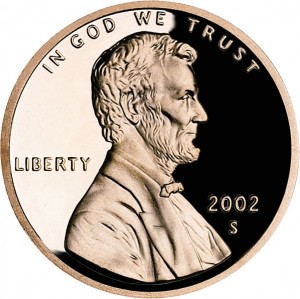Lately there’s been a lot of hullabaloo on whether newspapers can rescue their dying print divisions by erecting subscription barriers to their online visions. Will readers subscribe? How much does the reader value the journalistic integrity of these publications over their blogging brethren, and will that be enough to support the massive editorial departments they have?
I’d make an argument that this is, in fact, the wrong argument. The problem is, of course, the first penny problem.
The First Penny Problem.
This is a constantly overlooked maxim by marketers – that the biggest hurdle to getting a customer is getting that first penny. We are trained to think about what our product or service is worth – is it $9.95 a month, $199.95 for a product, or $68,000/year for a B2B service. The thing is, engagement with the customer hinges on that single moment of ‘yeah, I’m in,’ This tipping point has so much more with being on board than some sort of rational monetary valuation they’re willing to pay. It’s not whether the article is worth $0.49 or a subscription to the gated content is work $199/year. It’s the first penny. Convincing someone to sign a contract, hand over their credit card, or get on board for a subscription to a magazine is a much greater hurdle than the associated monetary cost.
The AOL example:
In the late 90’s, I was able to experience direct marketing nirvana, with, of all places, AOL.
I was deeply invested in the consumer electronics industry, and more than any other customer, AOL knew how to forcast. They’d order 1,000 pieces of a product, do a test, and then order 89,452 more. They knew, from their statistical profiling, how many would sell through to their end customers. Why were they so damn accurate? Because the biggest barrier to entry was gone.
AOL already had the prospect’s credit card number, they billed the dial up service to it every month. All the prospect had to do was click ‘OK’ – these orders had an extraordinarily low barrier to entry. Instead of 18.99, their next bill was 72.95, and that was it. Since this payment barrier was eliminated, AOL could get a pretty idea on how many people would buy strictly by how compelling the offer was.
AppStore lubrication hardware.
Another example? The iPhone. Once you’ve entered your credit card into an account, all you needed to do is click ok – but you really needed to be motivated to give that first cc #. My Credit Card bill is riddled with incremental charges that would never be there if I needed to engage with the brand for payment individually.
The Book of the Month Club model for online publishers
So what’s the lesson the newspapers should be taking? Move your customer along in value buckets that divorce the payment method from the incremental charges, and give them something really valuable and with low risk for that first penny. Then upsell.
- Give them something of value for free – as long as they provide you their email address.
- Once you have their email address – get them to contribute, or become a ‘vested’ member.
- Then offer a can’t miss opportunity – a la the old book of the month club, where you can cancel at any time, even delay payment up to a year, but need to provide your cc# to get the gated content.
- Then you’re in. The first penny is overcome, as they’ve given you much more, their commitment.
- Continue to offer low hurdle ‘click to add to your account’ up-sells, content, alerts, etc…
- The pennies, and dollars, follow.
What’s your biggest obstacle to getting a new customer to commit? And can you solve it with the first penny principle?


